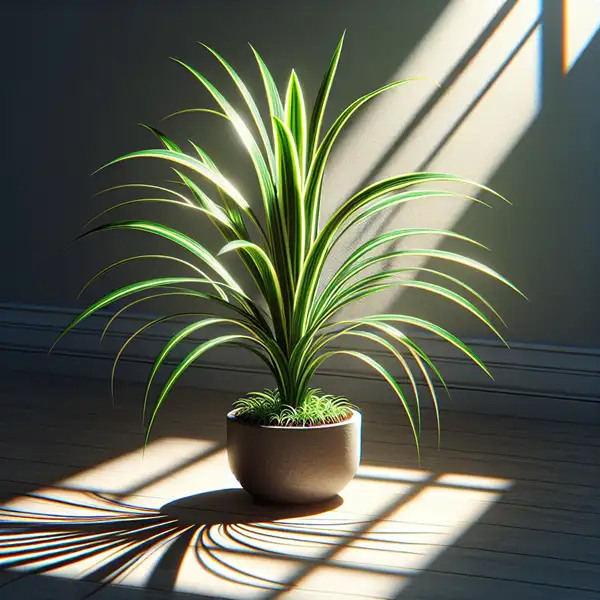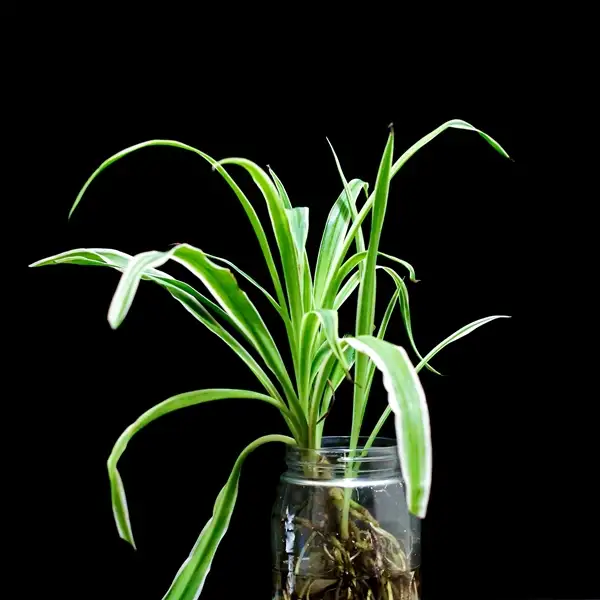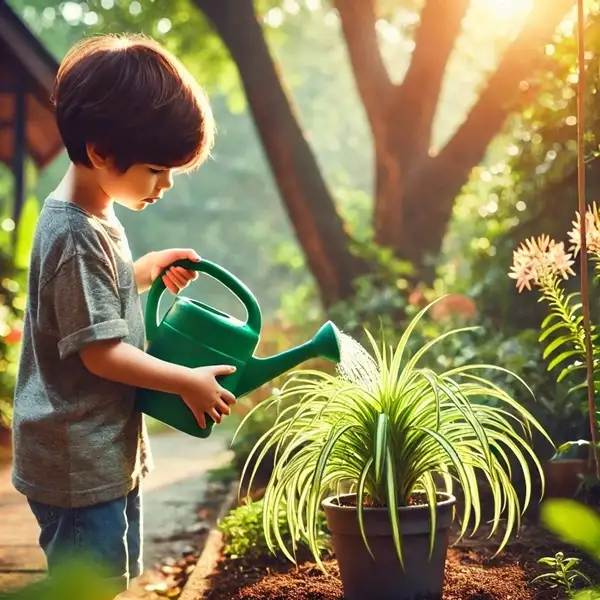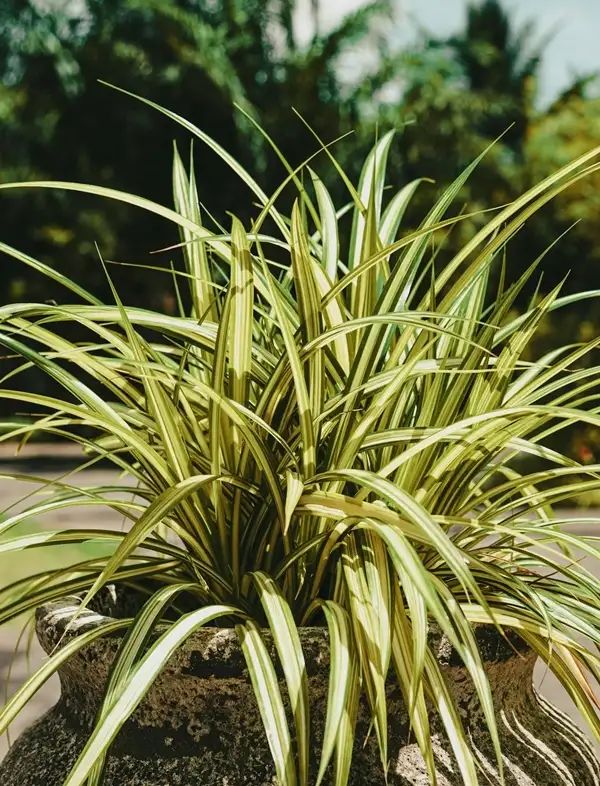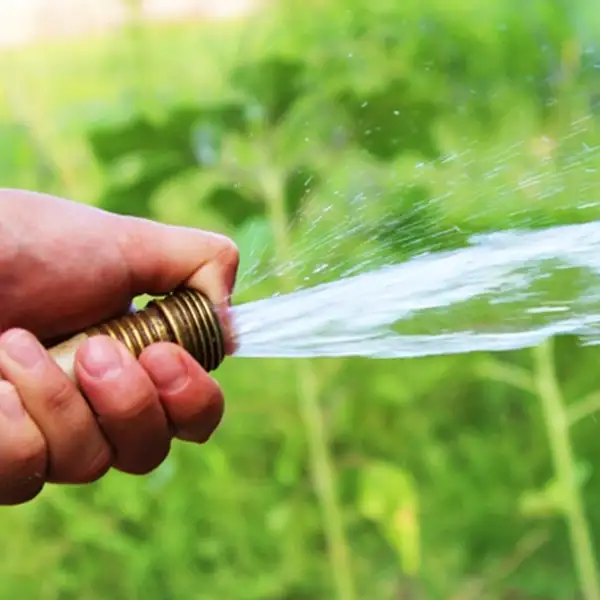Key Takeaways
| Key Takeaways |
|---|
| Discover do Spider plants need sun and how sunlight impacts your spider plant’s growth and vitality. |
| Learn the ideal lighting conditions to ensure lush, healthy foliage. |
| Find out how spider plants adapt to low light and the consequences of poor lighting. |
| Identify warning signs when your plant isn’t getting the right light. |
| Get practical tips for optimizing light exposure and enhancing plant growth. |
Spider Plants and Light Requirements
Spider plants are an all-time favorite indoor foliage due to their adaptability & easy upkeep. They are characterized by elongated leaves with striping that varies from green or yellow to white depending on particular species. A fun aspect of these plants is their propensity for producing little ‘baby’ spider plants off long arching stems in a delightful display.
Sunlight is fundamental to a spider plant’s growth & wellbeing because it fuels photosynthesis – the process by which green plants make food from water & carbon dioxide. In outdoor environments, spider plants need indirect sunlight exposure while indoors; they require bright levels of artificial light.
Spider-plant owners often ask: How much sunlight does my decumbent friend precisely require? The answer lies in nuanced understandings of Chlorophytum comosums’ nature; they can withstand varying degrees of light, but prefer certain conditions more than others.
Importance of Sunlight for Spider Plants
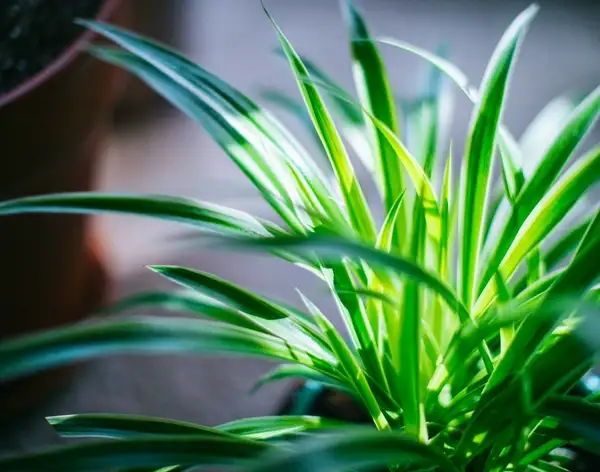
Plants drive energy mainly through photosynthesis using the sun’s energy to create glucose – fuel for the plant’s growth process. Professor Chris Barbara of Oxford University’s Department of Plant Sciences says-
“Photosynthesis forms the backbone of vegetation. It is the key process that keeps plants alive and thriving”
Just like each human requires a specific diet catered their body functions optimally similarly every plant has its precise dietary needs in terms of sunlight intake.
That being said, different types fall within various regions along this complementary spectrum between ‘lovers’ and ‘haters.’ Spider plants fall toward the middle of the ‘lovers’ category. They don’t crave excessive daily exposure to scorching sunlight, making them appropriate houseplants for those who lack large garden spaces or cannot provide continual direct sunlight. Yet, they are perfect for cultivating greenery within indoor spaces.
In essence, understanding your spider plant’s lighting needs could mean realizing its fullest growth potential or stunting it due to malnutrition/inadequate light.
Ideal Lighting Conditions for Healthy Spider Plant Growth
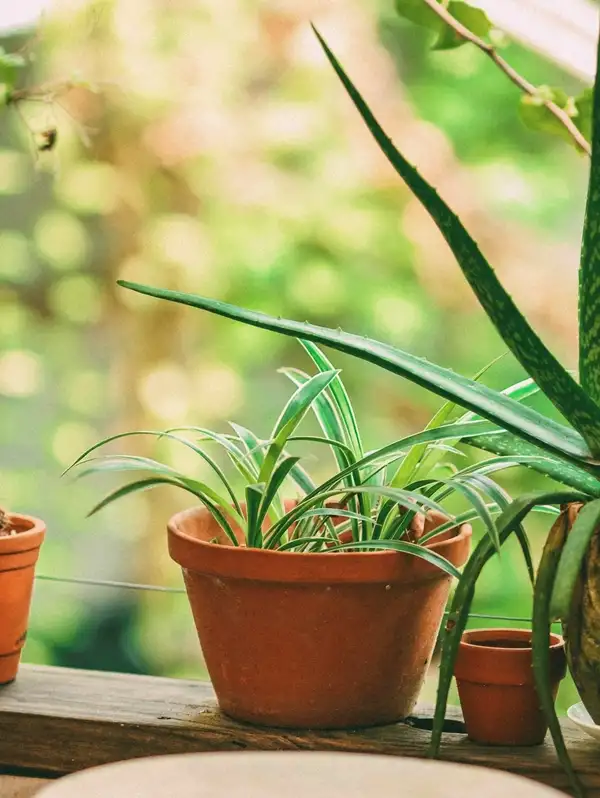
Every spider plant enthusiast dreams of a verdant, vigorously growing specimen which is an achievable aspiration if you aim towards hitting the sweet spot in terms of light exposure. While spider plants aren’t sun worshippers, they do enjoy brightly lit settings with filtered sunlight.
- Direct sun/full sun exposure can prove counterproductive as it may burn the leaves, leading to browning or yellowing.
- Therefore one must strive to ensure that their spider plant gets enough bright indirect sunlight – about 6-8 hours per day is generally ideal.
- Thus one might say that while direct sunlight should typically be avoided, bright yet diffused light serves as a panacea corresponding to the radiating health and vitality of these green companions.
Can Spider Plants Thrive in Low Light Settings
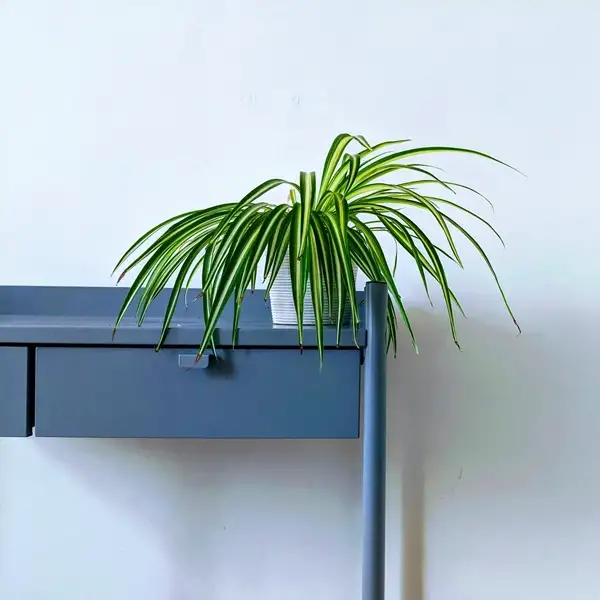
One of nature’s marvels is how different organisms have developed unique mechanisms allowing them to adapt optimally according to various conditions. The same holds concerning Chlorophytum comosums’ capacity for resilience even under sub-optimal lighting conditions reflecting low-light environs.
While this adaptability makes them popular houseplants — as they can survive in less-than-perfect settings — efforts should be made not to focus solely on simple survival but rather to cultivate a quality existence that allows your green buddy to bloom and flourish dynamically, rather than being relegated to mere stagnation.
However, keeping said royalty in darkness for sustained periods negatively affects long-term development, potentially translating into slower growth and lackluster performance, eventually weakening your plant’s overall structure and making it susceptible to disease and pest incidents — ‘shadowing’ its former glorified self, both literally and figuratively!
3 Common Signs of Insufficient or Excessive Sun Exposure
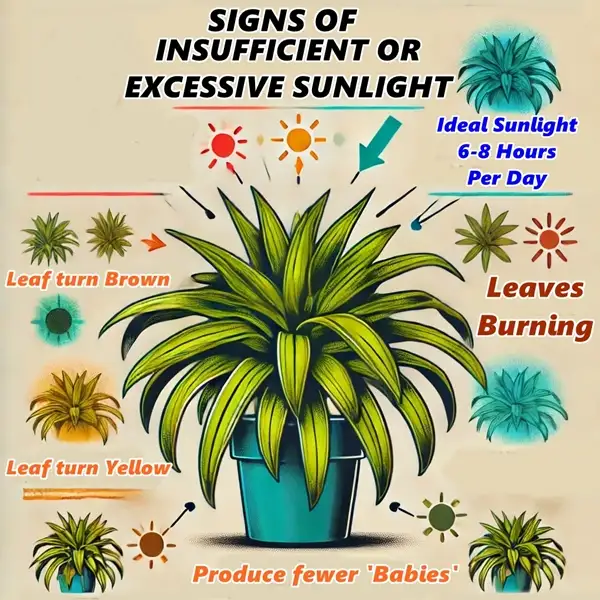
Like humans exhibit clinical symptoms when unwell, plants similarly signal when under stress due to a plethora of factors, including too little or too much sunshine.
| ⚠️ Sign | 🌞 Cause | 💡 Solution |
|---|---|---|
| Brown or yellow leaf tips | Overexposure to direct sunlight | Move to a spot with bright, indirect light |
| Loss of leaf vibrancy | Insufficient light | Relocate to a brighter area or use artificial lighting |
| Fewer spider plant ‘babies’ | Lack of proper sunlight | Provide 6-8 hours of filtered light daily |
In such circumstances, pruning off the damaged parts and placing the plant in a brighter spot could restore its vitality.
3 Tips for Best Sunlight for Your Spider Plant
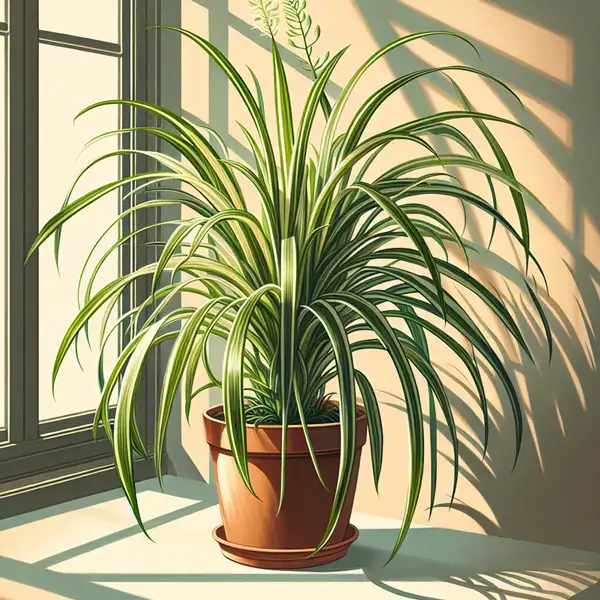
Getting the lighting right for your spider plant isn’t some complex cryptic riddle – little observations and adjustments can go a long way!
| 🌿 Tip | 💡 Why It Matters |
|---|---|
| Place near a bright window (indirect light) | Ensures optimal photosynthesis without burning leaves |
| Rotate the plant regularly | Promotes even growth and prevents one-sided leaning |
| Use artificial lights if natural light is limited | Keeps the plant healthy in darker rooms |
Final Thoughts
Overall, while these versatile foliages are forgiving when it comes to light requirements, their adaptability should not serve as an excuse for depriving them of the proper nutrition they deserve from optimum indirect high-light exposure. Do Spider plants need sun? Yes! They do, but it’s important to give them the right kind of sunlight to ensure they thrive & flourish.
After all, every living entity, including our silent but vibrant green companions, deserves a quality life & fullest potential, right?
Frequently Asked Questions
Can spider plants live without sunlight?
They survive low light but need indirect light for proper growth.
Where is the best place to put a spider plant?
A bright spot with indirect sunlight like a well-lit windowsill.
Can spider plants live in the shade/dark?
They tolerate low light but not complete darkness, which weakens them.
Can spider plants survive in a windowless room?
Only with artificial lighting such as fluorescent or grow lights (6 to 8 hours daily).
Do spider plants need sun or shade?
They prefer bright & indirect sunlight. Direct sun burns their leaves.
Do spider plants need sun in winter?
Yes,! Adjust their position for more light or use artificial lighting.
How to make a spider plant bushier?
Prune leggy leaves and repot if needed for fuller growth.
How to care for spider plant babies?
Detach pups with roots, plant in well-draining soil & water regularly.


